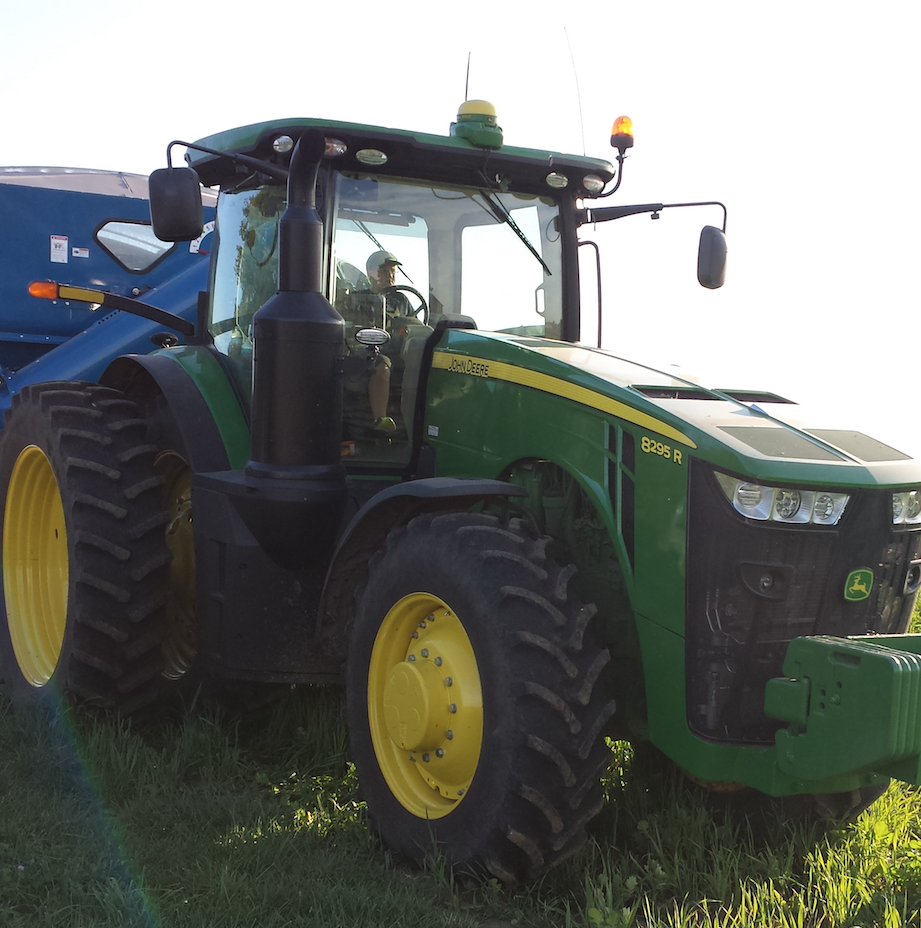How GMOs Fit Into The Farm Toolbox
This post was originally published on Forbes on June 10, 2016.
Post written by Katie Pratt. Katie Pratt farms with her husband and family and serves as her county's agriculture literacy coordinator. These days the greater farm/food conversation is buzzing with words.
Buzzwords and the ideas driving them are great for conversation, but on the farm conversation must translate to real work with real results. Sustainability is a great goal, but to sustain is to maintain, and maintenance is not our focus on the farm. Continuous improvement, i.e. leaving things better than we received them, is.
To do that we fill our farm toolbox with people, equipment, technology and science to give us options to use less of our natural resources and care for them, all the while raising a high quality crop for use far beyond the typical applications to food, fuel and fiber. AND, in doing all this, we must be financially responsible. Farming is our life choice, but it is also our business.
On the farm our tools range from the typical tractor and seeds to tablets and satellites. While some are more important than others, each tool has its place and without the others would not be as effective or efficient.
Probably the most important tool we use is human capital. Our rural community is full of experts in their field. Our neighbor knows our tractors inside and out. Friends from high school now sell seed and fertilizer, recommending combinations that might work well in our fields. Agronomists, crop specialists, grain marketers . . . all these people live and work in our communities, proving that farming is not an insular activity, but very communal and very dependent on others.

Obviously, farm equipment is vital. Tractors are the modern day workhorse pulling everything from planters, wagons, cultivators, sprayers, and more through our fields. Some days it seems they are controlled more by software than traditional kick-the-tires mechanics.
Tractor technology is truly amazing. Essentially, we collect data on our fields – soil fertility, moisture content, weed, insect and disease pressures, topography, previous yields, etc. This data is layered in a field map, which then communicates to the equipment how many seeds to plant, how much fertilizer to apply, how much pesticide is needed . . . and it makes these decisions ‘on the go’ or as we are driving through the field, changing rates by the foot. It’s called variable rate technology and has allowed us to better manage the environment for an individual seed rather than an entire 80-acre field.
Speaking of seeds, technology extends to them as well. Biotechnology or as society prefers to say, genetic modification, has given farmers even more choices of hybrids and seed varieties. Seeds resistant to a specific herbicide actually offer the farmer more options in weed control. Instead of plowing multiple times or spraying various herbicides multiple times, farmers can make one pass across the field to control weeds. The same scenario is true for insect control.
This one pass option has given us more confidence to implement more conservation tillage / no-till practices on our farm as well as try cover crops. These practices, if managed properly, have proven to increase soil structure, organic matter and soil fertility.
It seems the world would like to talk only about GMOs, but on the farm we have to talk about more than that, because farming takes tools and lots of them. GMOs are one tool – a valuable one at that – and not the whole toolbox.